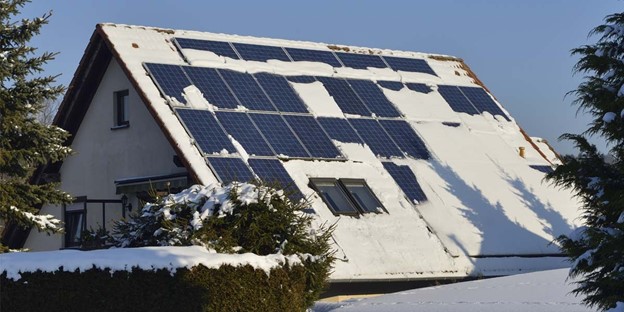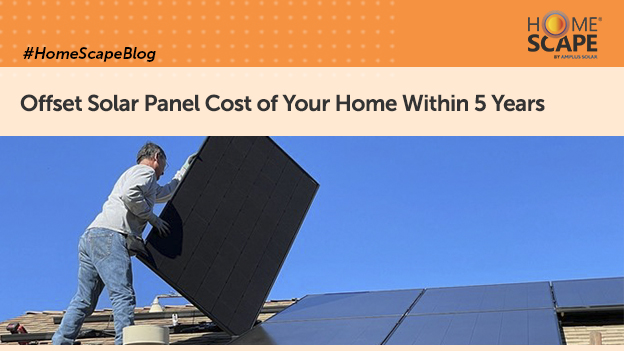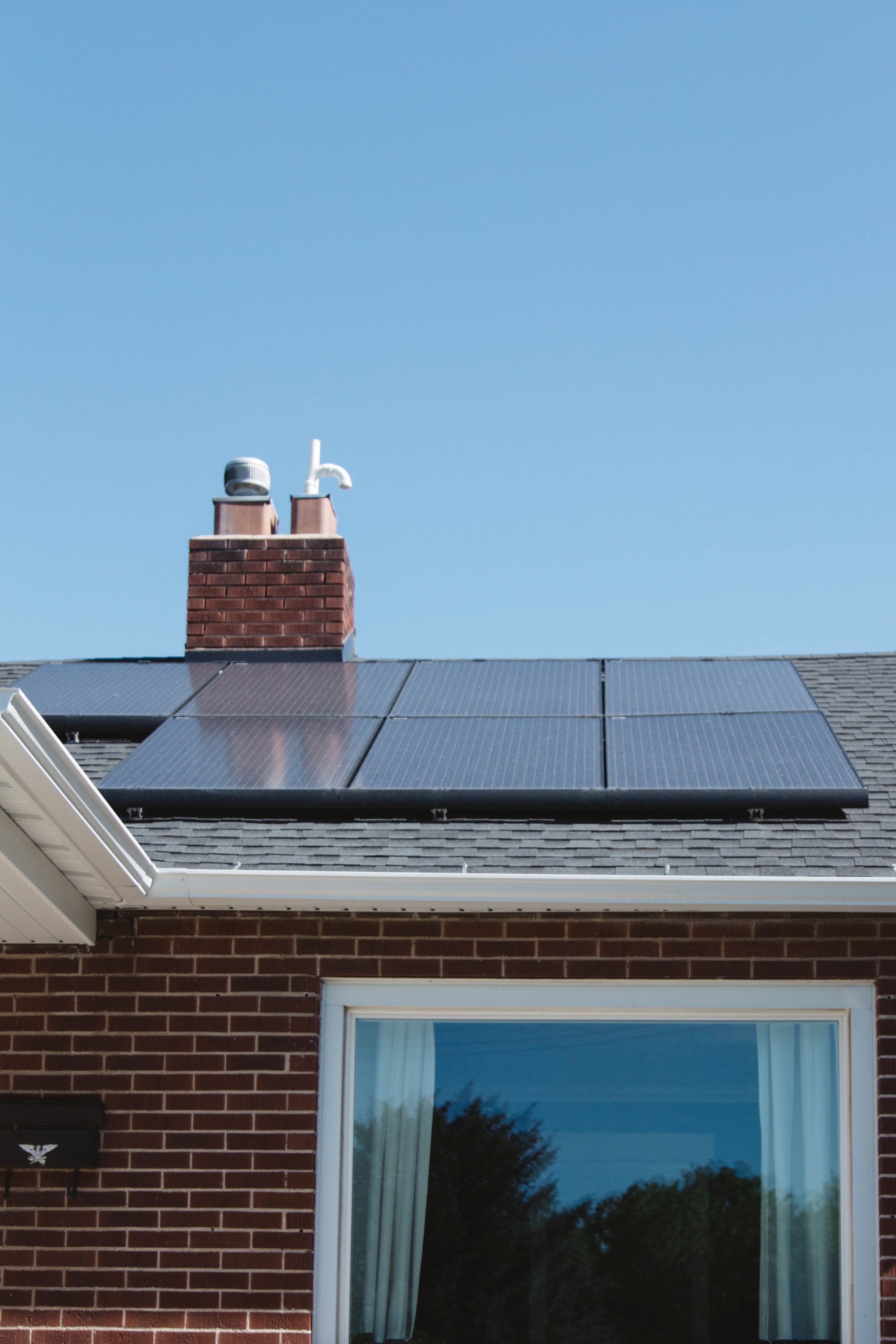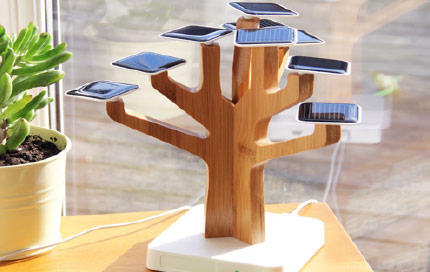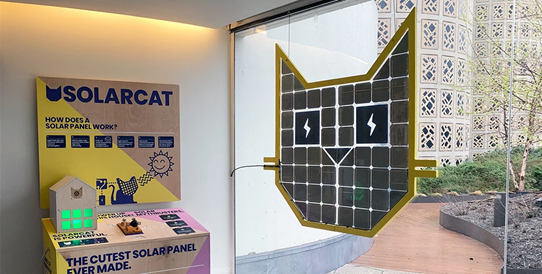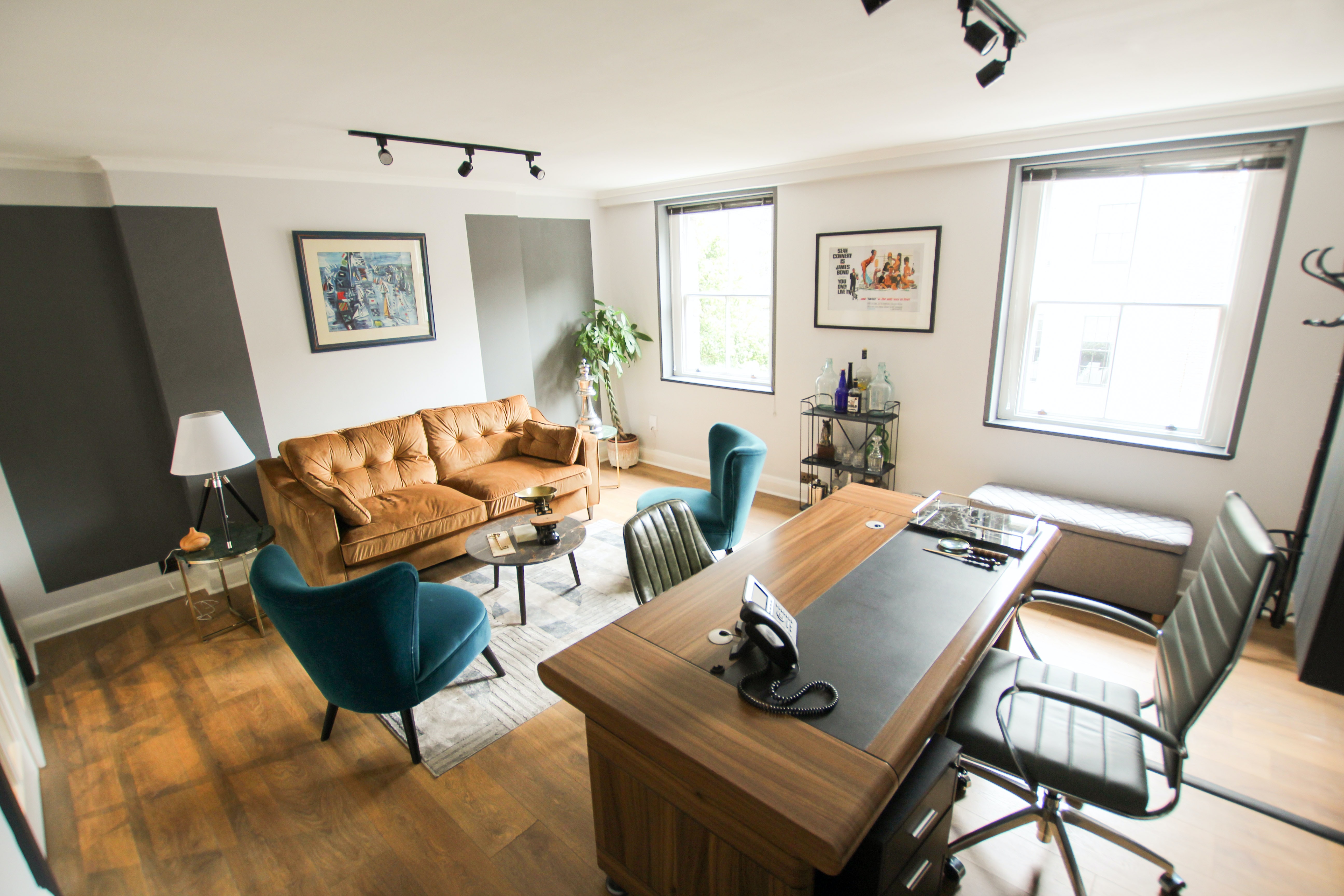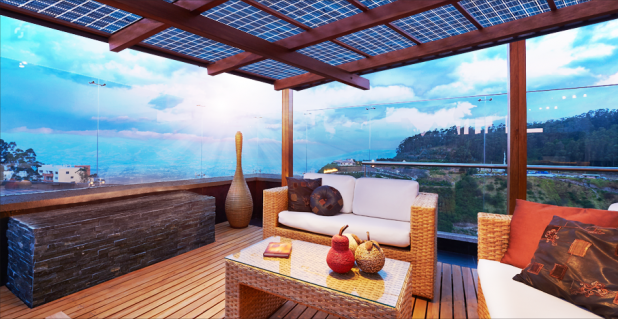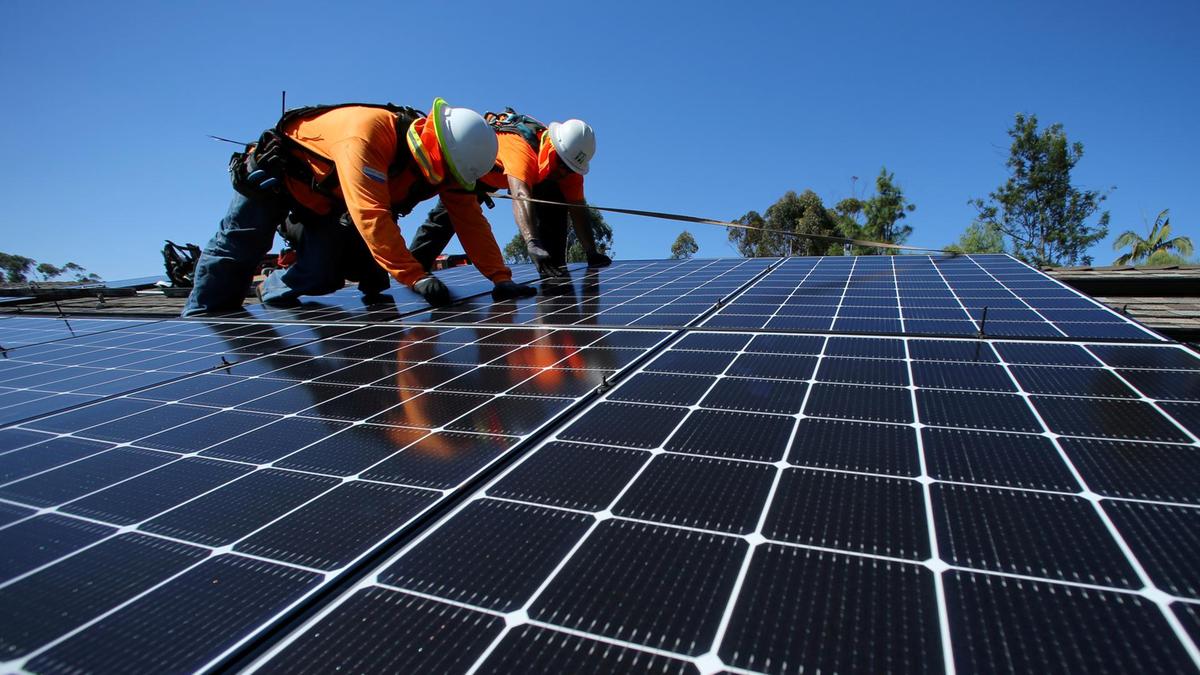Your home solar panel system can work efficiently even in cold and harsh winters. All it needs is a little adjustment and maintenance.
As winter sets in, the days get shorter and sunshine becomes scarce. This change in season also means that it’s time to prepare your rooftop solar system for the chilled and icy weather. Though it is known today that the prevalent solar panels are built to withstand all elements of weather and don’t suffer damages due to storms, rain, and even snow. With some routine solar panel maintenance, you can expect maximum output during winter season with no unexpected failures. Here’s how you can do it:
Monitor Your Energy Consumption
Although the amount of sunlight your home solar panel system gets is reduced during winter, it is still more than enough in many regions of our country for optimum solar generation. Start conserving energy by cutting down on your home’s excess electricity usage. This may be done in many ways.
Turn off your indoor and outdoor lighting if you don’t need it, and always use energy-efficient lighting fixtures and bulbs. Cover windows and doors with insulated drapes and curtains when using heating devices indoors to reduce heat loss.
Also, check your battery discharge levels as it’s recommended to not exceed the 80% discharge level. You can aim for a 50% level with lead-acid batteries and lithium-ion batteries. For areas experiencing harsher weather, you can even consider getting a backup generator to sustain on days when energy consumption is high.
Look after the Batteries
Deep cycle batteries often accompany your solar panels that require proper upkeep. Use antifreeze distilled water to keep your batteries alive, especially if you’re not connected to the grid, i.e. if you are using off-grid solar solution.
Also, regular battery service by a professional helps you stay ahead of sudden repairs. For lead-acid solar batteries for homes, keep an eye on voltage to ensure that any irregularities get timely attention. Also, periodically check battery temperature, which should be within the recommended range for efficient electricity storage and use.
Solar experts recommend having your solar batteries installed and stored indoors. It’s important not to let harsh weather affect the performance and lifespan of your lead-acid batteries and lithium-ion batteries. When you don’t need batteries in winter, you can disconnect and store your lead-acid batteries at 100% capacity. Keep your lithium-ion battery in a well-insulated area at a 40% discharge level.
Adjust the tilt and angle
Due to the earth’s rotation and revolution, the sun in winter is at a lower angle. As a result, your solar panels don’t receive as much sunshine as they get in summer. To make the best of what little sunlight you get every day, you can use an adjustable rack to modify the angle of solar panels and tilt them a bit to absorb maximum sunlight during this period.
If this is your first experience of dealing with a residential solar system during winters, it is recommended that you reach out to your solar installer for information on your solar panels’ angular facing during the winter months.
Keep the Solar Panels Clean
Although solar systems don’t need much cleaning effort, it pays to periodically clean your panels during winter. If your region receives snowfall during the cooler months, ensure that you clear the snow covering your panels first thing in the morning so valuable sunlight isn’t lost in melting the snow away. You might also want to clean your panels weekly or fortnightly if your region has high dust and pollution levels.
Use a soft brush for snowy days and a soft rag/mop on other days. Be careful not to damage your panels, and don’t use abrasive cleaning tools and products. You can again contact your solar installer for a demo of how to clean your solar system on your own without any professional help.
Talk to an Expert when needed
Solar batteries for homes require very little maintenance, which can go a long way towards getting the most value from your solar investment. Your solar company in Gurgaon or Delhi NCR should be able to offer more personalized tips to ensure optimum solar maintenance and performance of your home solar panel system.
The best time to have your panel looked at by your solar company is right before winter. There can be debris or hidden anomalies that your solar expert will identify and remedy during a solar inspection. To keep your solar panels and batteries in excellent condition, you should get a routine inspection done at least twice a year.
Are you looking for experienced solar power companies in Delhi, NCR, or Gurgaon to solarize your home? Save on electricity from day one with our customized, no-hassle solar solution HomeScape by Amplus Solar. Backed by 25-years of performance warranty and a smart convenient customer app for remote monitoring and management, our rooftop solar panel system is designed for excellent aesthetic appeal and more efficient electricity generation.
Reach out to schedule a consultation today.
